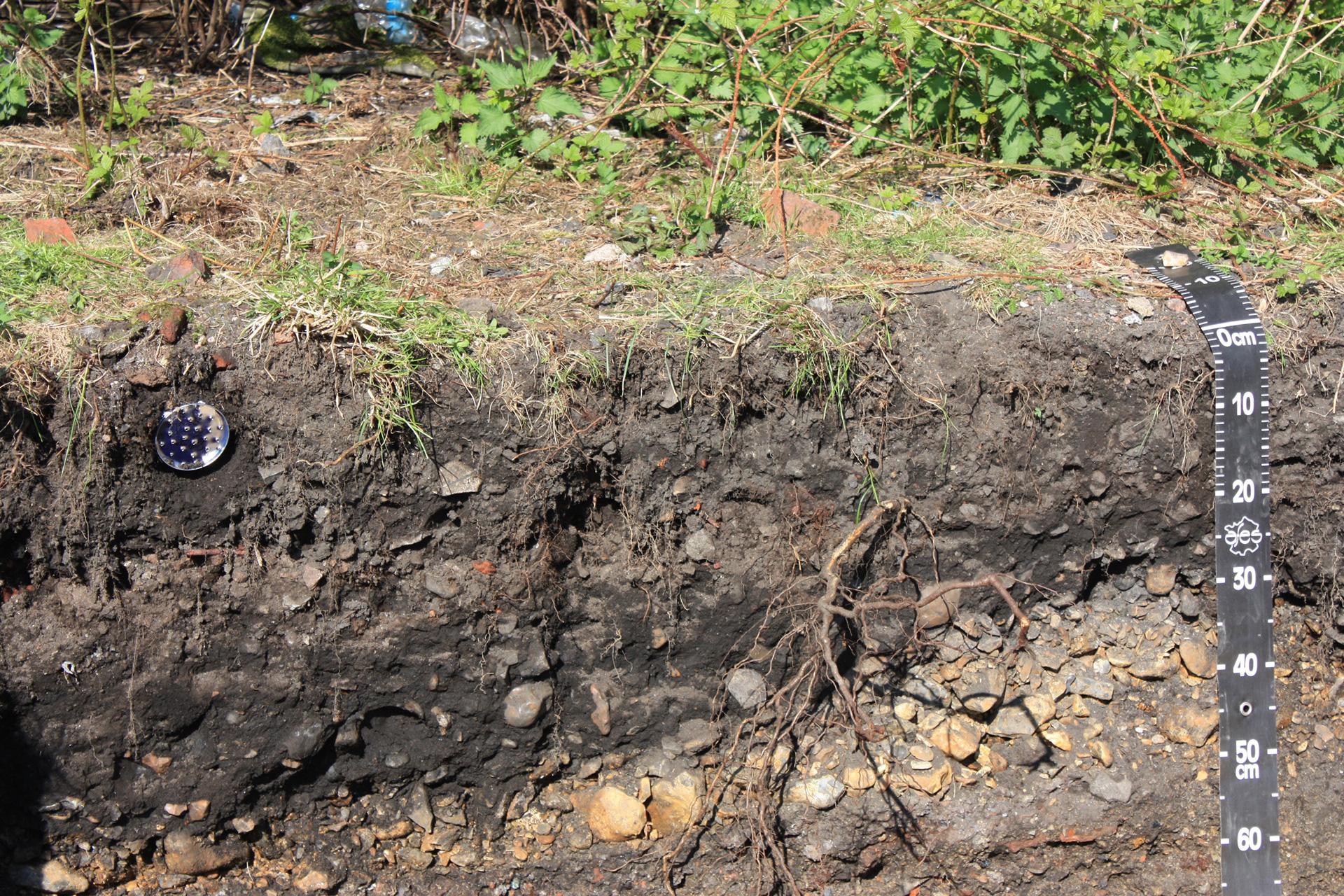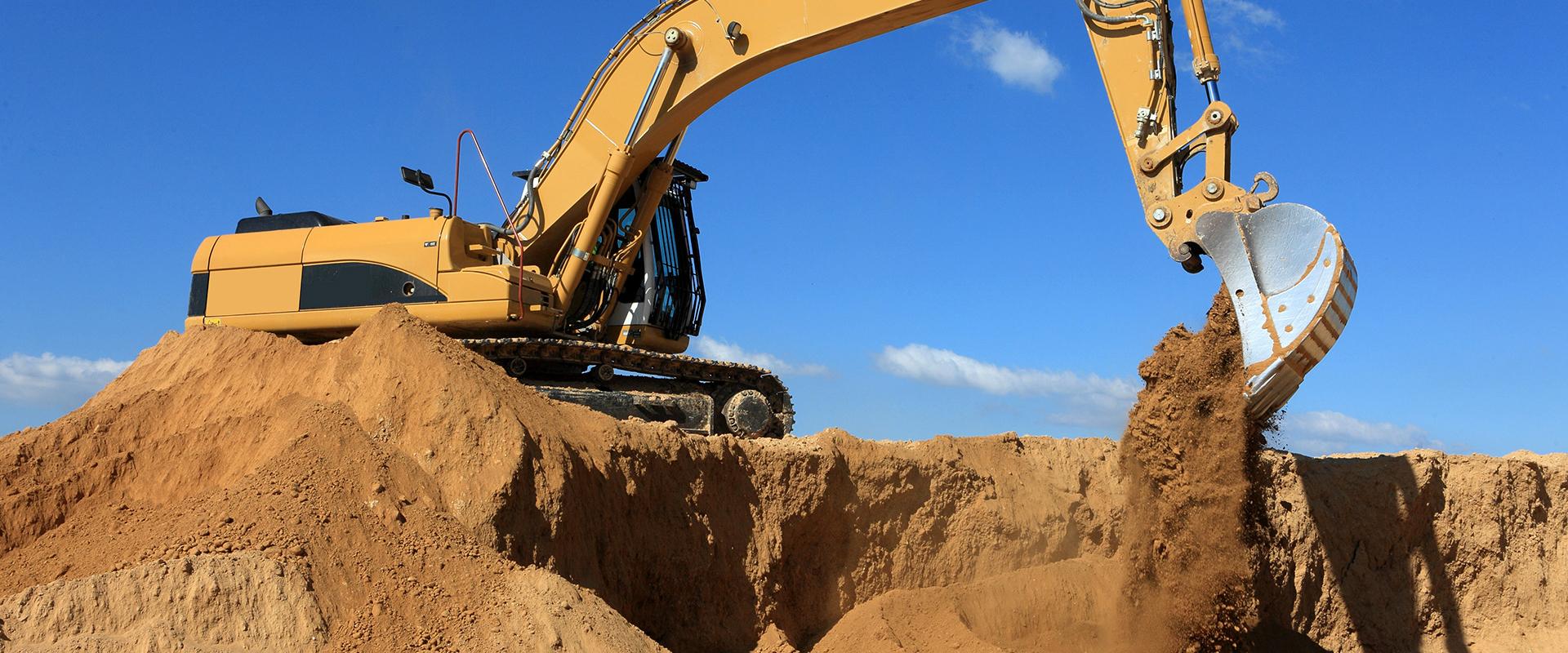In the course of their history, cities have been home to a variety of crafts and industrial activities. Various atmospheric emissions are deposited in urban soils: from factory waste, road traffic, district and individual heating, etc. In addition, these soils are often made up of rubble, which can contain environmentally harmful materials.

Key figures
-
80.00%of the French population live in cities
-
300.00M€dedicated to recycling brownfields within the French economic recovery plan
Knowing the soil-geochemical background
It is therefore essential to be familiar with what is known as the “soil-geochemical background”: for a given area, the natural concentrations of elements or persistent substances in the soil, excluding input linked to human activities, constitute the natural soil geochemical background. This natural background combined with diffuse concentrations originating from human activities make up the “anthropogenic soil geochemical background”.
Diagnosing (potentially) contaminated sites and recovering excavated soil
The national policy for the management of (potentially) contaminated sites and soils is based on these soil-geochemical backgrounds, particularly:
- in site diagnosis procedures: in the event of suspected contamination, site diagnosis makes it possible to assess how it affects the soil, air and groundwater. To measure the degree of soil degradation, the soil is compared to adjacent healthy soils referred to as “control soils" and to the local soil-geochemical background;
- for managing excavated soil: wasteland reclamation often requires the excavation of large quantities of soil. Ineris and BRGM have produced guidelines for the characterisation and recovery of excavated soil.







